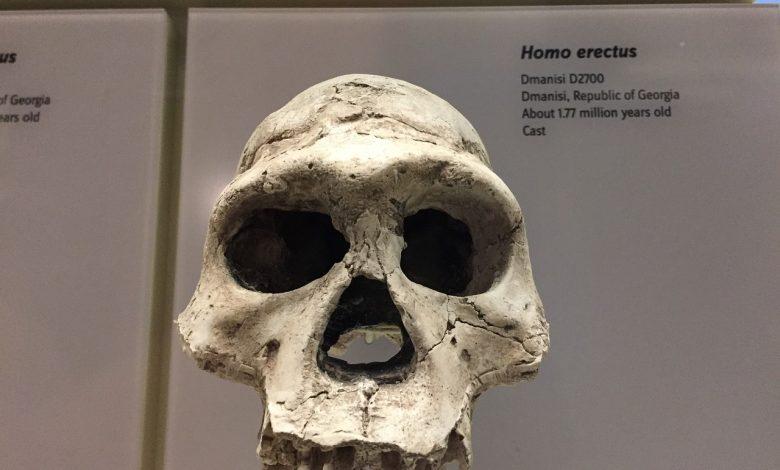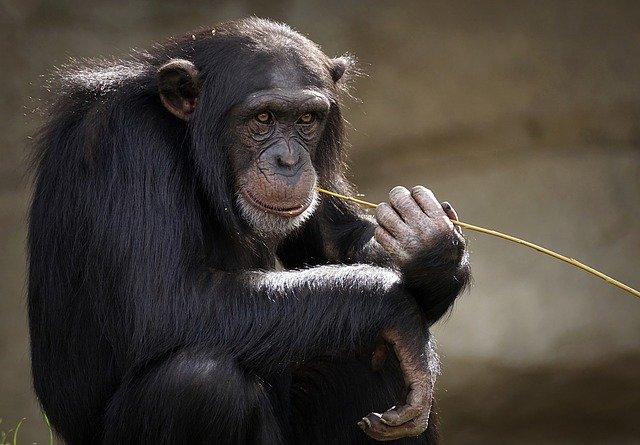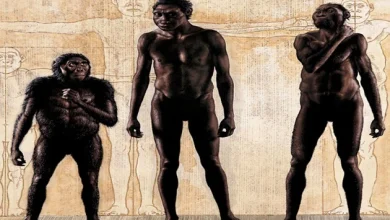Top 5 facts about ancient humans in Africa you never knew

In Africa, being the world’s second-largest and second-most-populous continent, after Asia, has many mysterious and exciting facts associated with ancient humans you never know.
In the early time of a million years, there were nine human species. All-day, they did not spend all their time drinking honey. Prehistoric hominids demonstrated moments of genius, courage, and fierce survival instincts.
They just knew where to wait for disasters, when to fight with other human species and when to live together in peace. From surprising facts to curious secrets, here are the best pieces of treats about human ancestors in Africa.
Top 5 facts about ancient humans in Africa
1. Multispecies living together

About 1.9 million years ago, three different human species lived in the neighborhood. This pioneering fact was discovered when their remains were recently found near the same South African cave. At this stage, A. Africanus was close to extinction. Paranthropus Robustus was a human species, but not the ancestor of modern humans. The third species was probably H. Erectus, a group that was just beginning its 2 millionth existence.
Found near the Paleokav Dreamolen system, no one knows how many groups interacted, but there were no signs of violence. The jury also did not decide on the skull of H. Erectus. Still, if the noggin belongs to one of them, it will be not only the oldest H. Erectus ever found but also a mystery.
This species is more considered an aboriginal of East Africa. What was he doing in this cave? It is possible that they originated in South Africa. On the other hand, an early group may also have migrated south to an area already occupied by much older human species.
2. Eden existed in South Africa

Do you remember Pinnacle Point? The place where people survived the Toba eruption? This one. Long before the onset of volcanic winter, about 170,000 years ago, the first modern humans already lived in caves. Scientists spent years trying to put their lives and the environment together when the latter discovered something amazing.
The need to migrate is embedded in some animals. But this place fed a unique ecosystem, which forced herbivores to abandon their migratory instincts. Antelope enjoyed the constant good weather and a seemingly endless supply of food and water.
The people living in that cave also did not have to go far for meat or water. It was the notorious Eden for both humans and animals. Perhaps there was even a chance that Pinnacle Point restored the degree of this perfection thousands of years later and gave the Toba survivors a place to survive the volcanic winter.
3. Their beds were burned
The border cave in South Africa was once home to an ancient community of people. About 200,000 years ago, these people were the ancestors of modern humans who were about to appear on Earth. When the researchers explored the cave in 2020, they discovered something fascinating. The cave dwellers set their beds on fire.
In addition to confirming that they fired on their own will, it also showed that they were experts in pest control. Ashes from old beds were laid on new beds together with plants that repel insects.
Today, we know that the ashes are deadly for insects because they block their breathing hole. This group already understood the importance of ash, as a means of protecting their beds from pests.
4. The rare ancestor’s face

The ancestors of the species Homo were a group of Australopithecus. Their most famous fossil is Lucy, a representative of the female genus A. Afarensis. But this super ancient crowd is often shrouded in mystery.
Indeed, when the bone fragments of another kind were found, A. Anamensis had no appearance. The finding included only teeth, limb bones, and several pieces of the skull. This wasn’t enough detail to give the world a face.
The researchers went to work in Afar, Ethiopia. During 2019, the rest of the skull was found. In the end, a small head was put together, and facial reconstruction revealed an ancestor who was more like a monkey than a man. But the unique creation was priceless for another reason as well.
At the age of 3.8 million years, it was the oldest species of the group of Australopithecus. Thus, it closed a disappointing gap in the fossil record. For many years there was no connection between the Australopithecus and the earliest human ancestors who lived 6 million years ago. The Ethiopian fossil has bridged this gap.
5. Disputable grazer

People did not always sneak up on antelope. Millions of years ago, our ancestors grazed in the grass and called it lunch. But it is not that simple. The only leaf-eater among human ancestors may not even have existed technically.
Meet A. Bahrelghazali. Found in 1993 in Chad, the jaw of 3.5 million years old resembled another known species – A. Afarensis. But since the remains were found far beyond the region where all fragments of A. Afarensis were found, someone thought it was another species.
The decision remains controversial. But whatever it was, it was a primitive man, and his teeth showed that he mainly ate grass and sedge.




